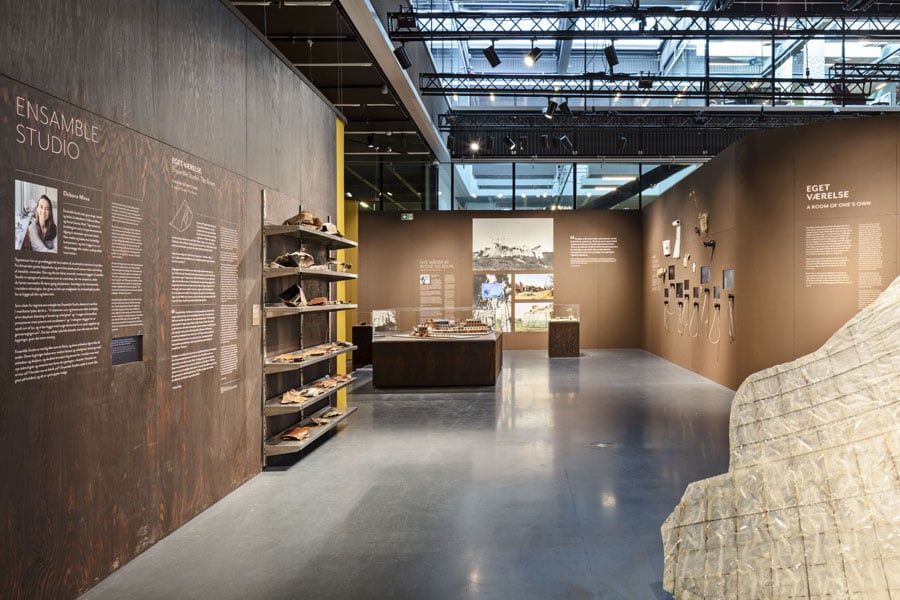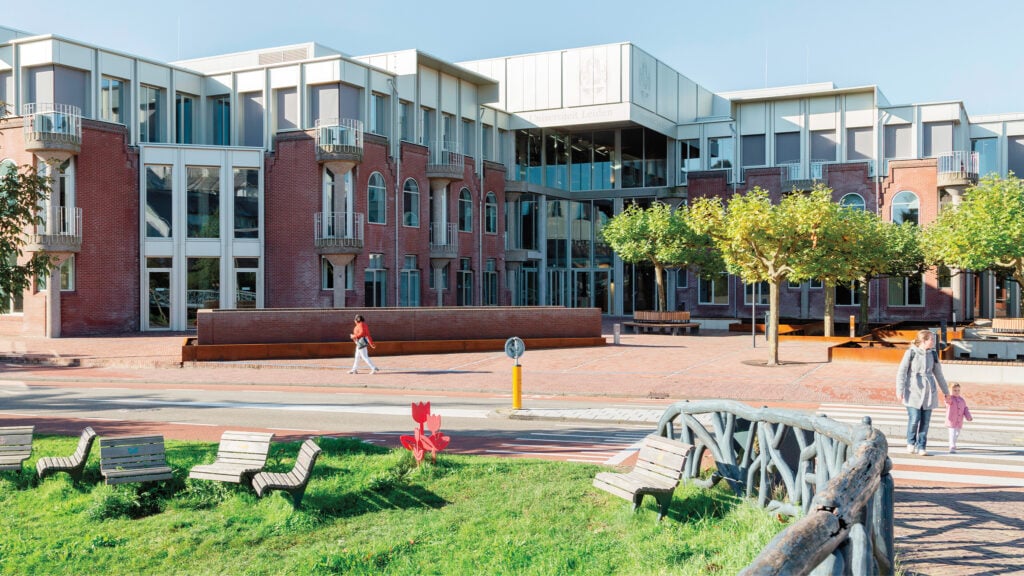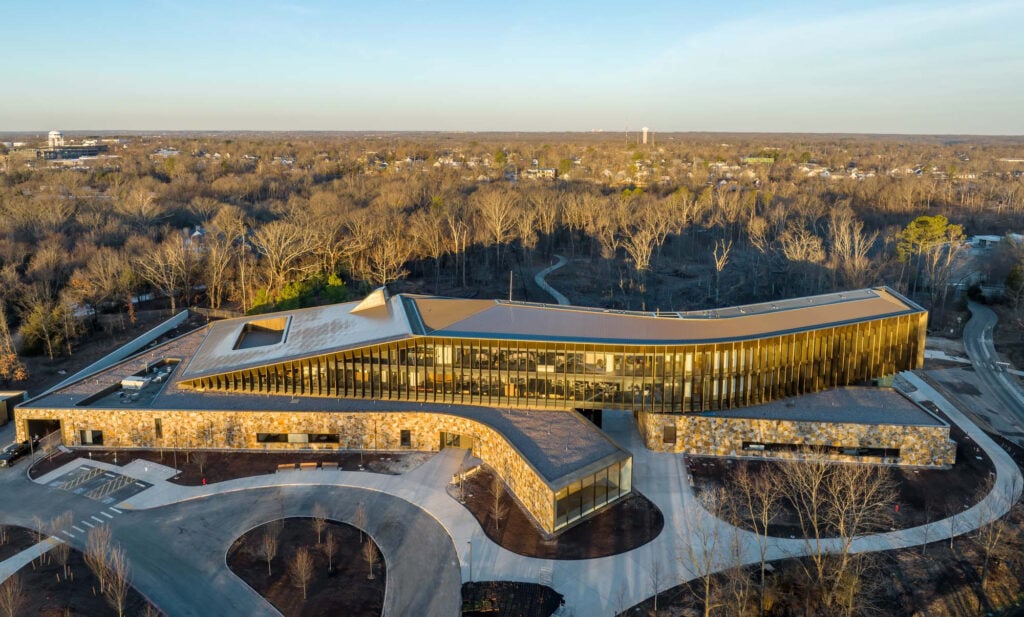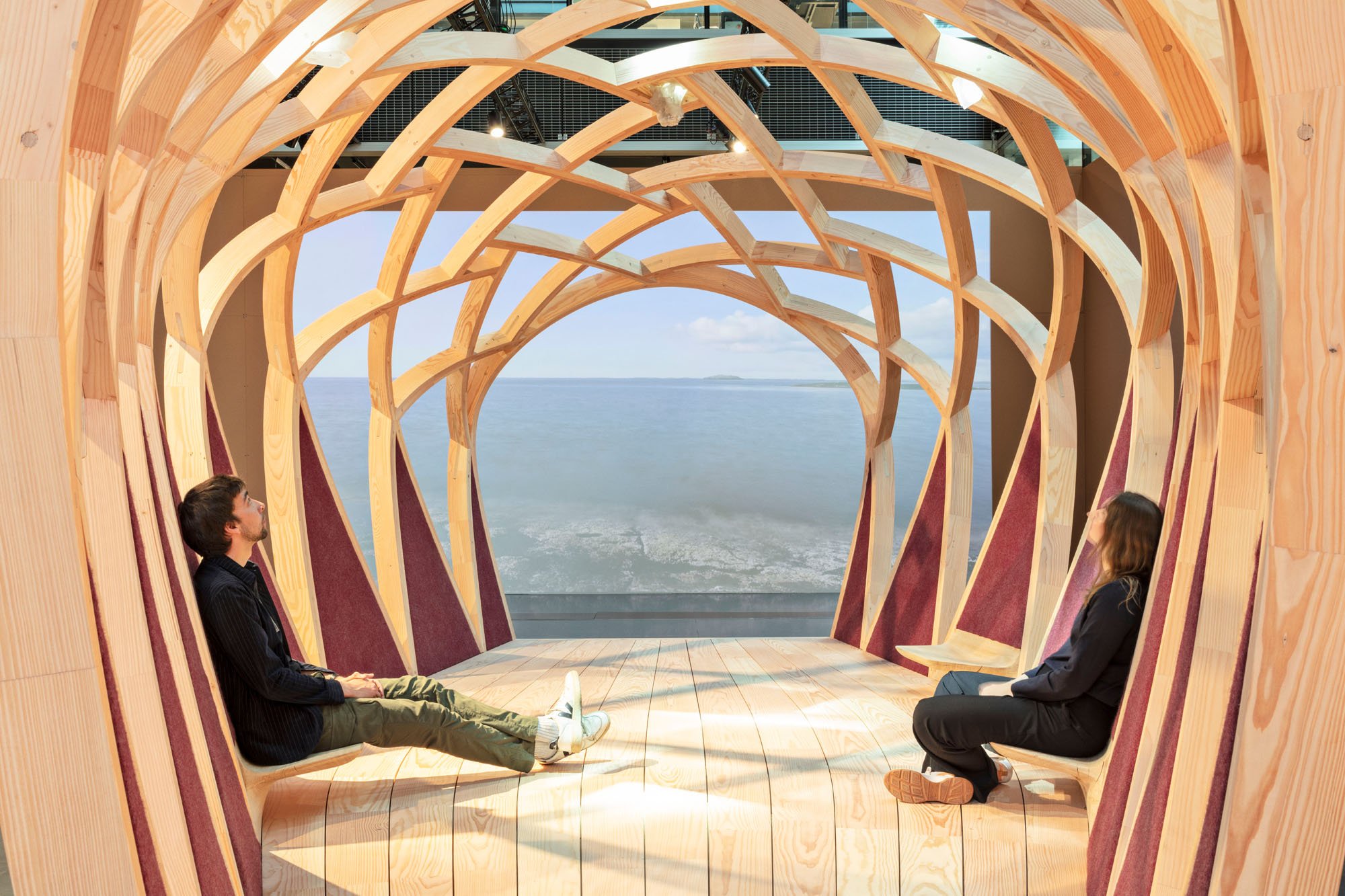
June 30, 2022
In Copenhagen, a Spotlight is Shone on Overlooked Women in Architecture
“Women professors are still underrepresented at our architecture schools, and we still see fewer women leading architecture studios. We need to hold space for this conversation, to raise questions about equality and lack of equality in the field today.”
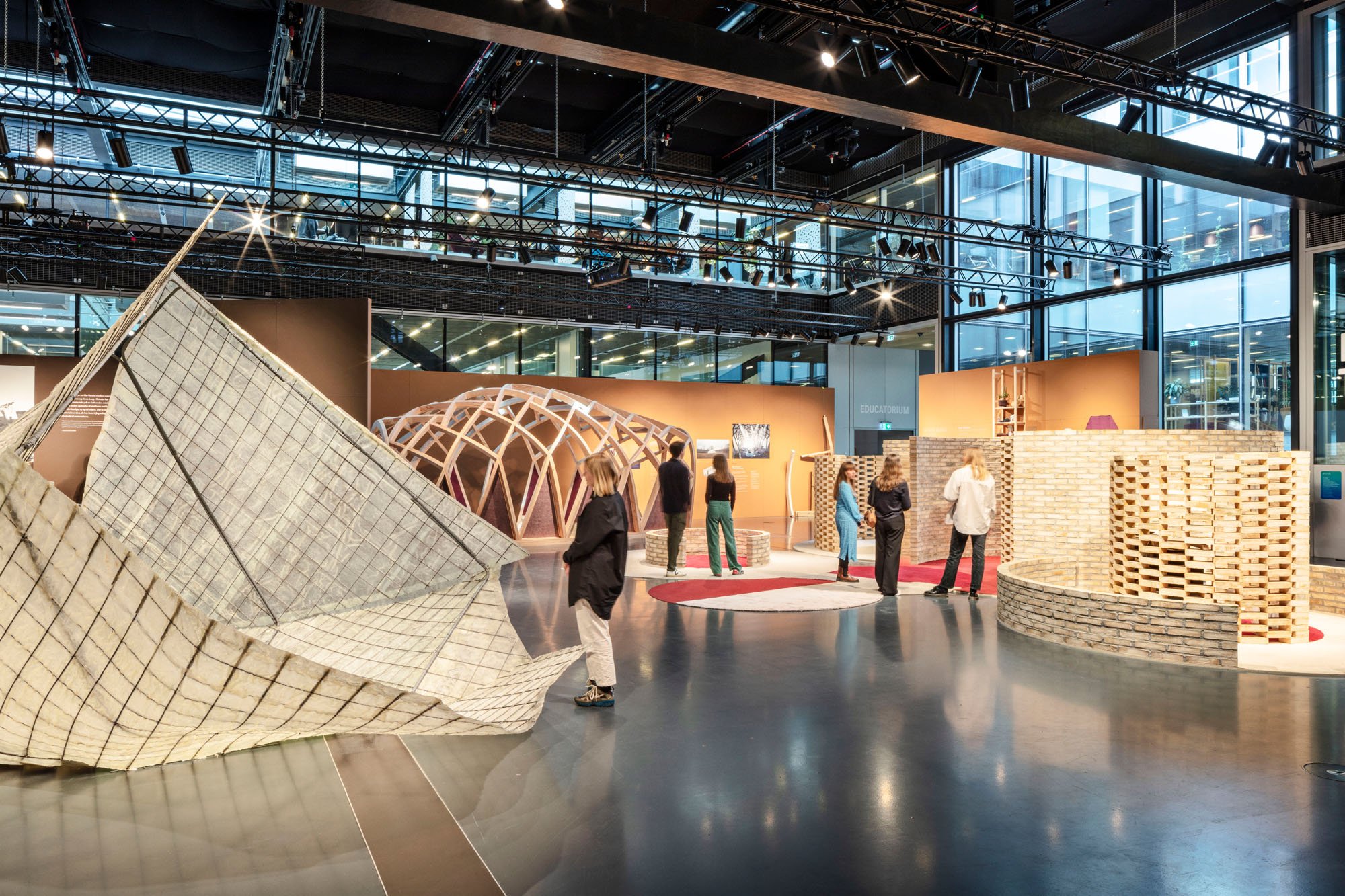
The driving curatorial framework is Virginia Woolf’s 1929 book, A Room of One’s Own, which outlines how women need financial independence, with their own physical and metaphorical space, to create great work. The exhibition responds to that intersection of creativity, personal space, and agency, and is staged as a series of domestic-style rooms to explore, while acknowledging that women’s contributions to architecture go far beyond the domestic.
“With the increasing focus on gender and the #MeToo movement, it seems important to do an exhibition addressing women in architecture and their role, both then and now,” explains DAC program director Tanya Lindkvist. “If we look at Danish history, architects were usually men. We still have a long way to go. Women professors are still underrepresented at our architecture schools, and we still see fewer women leading architecture studios. We need to hold space for this conversation, to raise questions about equality and lack of equality in the field today.”

Voices from Denmark’s contemporary women architects—including Lene Tranberg and Dorte Mandrup—are featured in the show, reflecting on their experiences in the profession. But the exhibition also investigates overlooked women in Danish architecture from 1925 to 1975, building on research undertaken by scholars from the University of Copenhagen.
Architect Ragna Grubb (1903-1961), for instance, was one of the first Danish women to open her own architecture studio and became known for her work on social housing. In the exhibition, Grubb’s 1935 Women’s Building in Copenhagen is celebrated, which brought together women involved in good causes through a hotel, offices, and meeting rooms. Though the show seeks to uncover stories and talents like Grubb’s, “this is not about individual icons,” says Lindkvist. “It’s about a collective voice from the past that has finally found a place in the present.”
The exhibition’s three international architects were chosen, Lindkvist explains, to represent “distinctively different studios” in terms of geographical context and working approach. “We asked them, what does ‘a room of one’s own’ look like in 2022?”
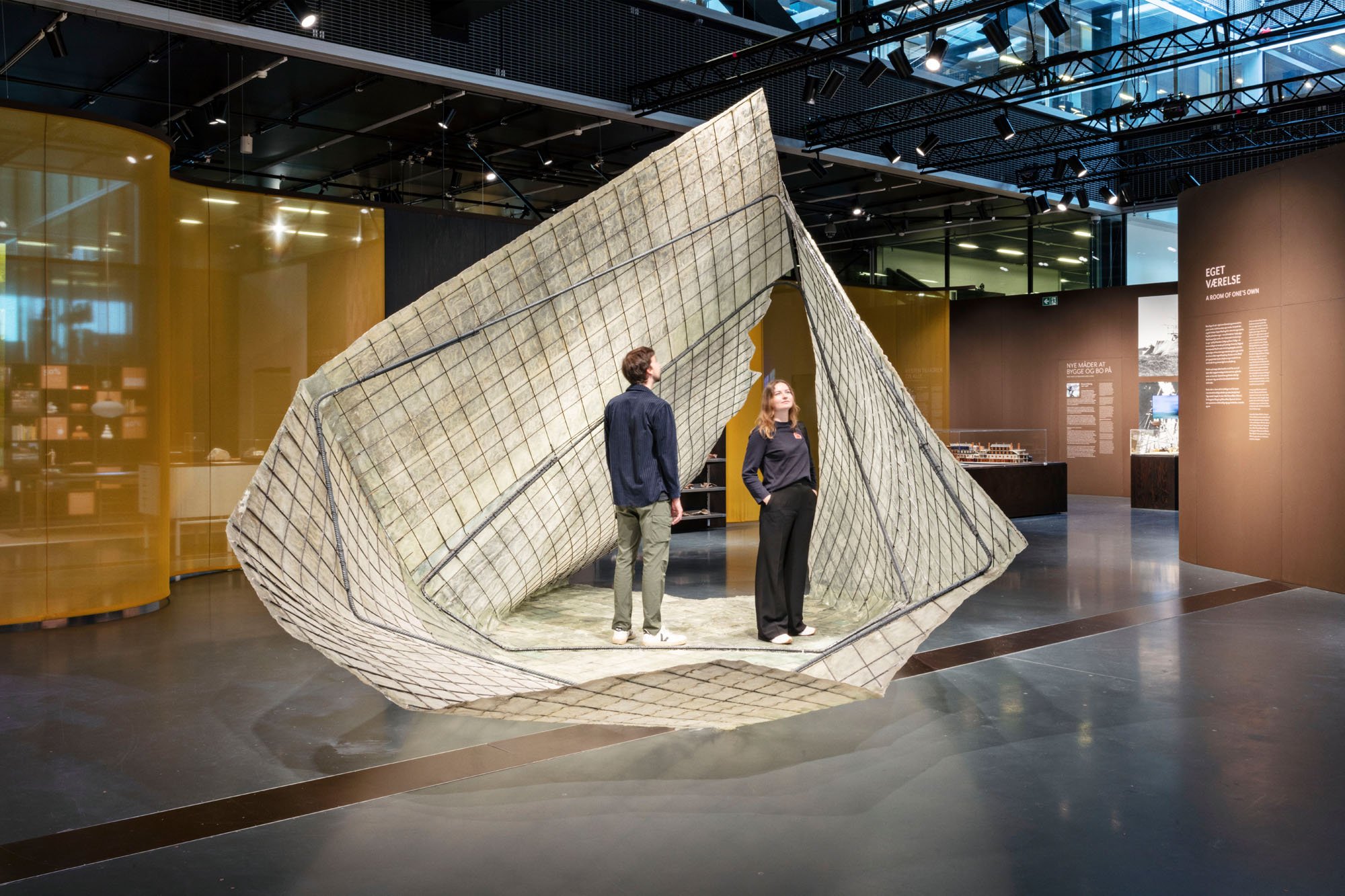
A Room, You and Us, a series of circular brick structures by Mexican architect Tatiana Bilbao, explores people’s need for spaces with varying levels of privacy. Body & Mind Spa, a geometric wooden installation from Norwegian architect Siv Helene Stangeland—co-founder of Helen & Hard Architects—is a meditative, Turkish spa-inspired space for artistic practice, developed in collaboration with Serbian artist Marina Abramović. The Room, an experimental sculptural installation from Spanish architect Débora Mesa and her practice Ensamble Studio, deconstructs the idea of a room using paper and cardboard materials to create a folded space reflecting creative and intellectual freedom.
Three individuals are a drop in the ocean of international female architectural talent, and it’s notable that practitioners from the Asian and African continents are absent. “We know we were not able to present everything,” Lindkvist acknowledges, noting the original ambition to showcase more international installations. “There are very important women architects who are not represented. But this is an exhibition that asks more questions than it delivers answers—it’s a process more than a final work.”
Would you like to comment on this article? Send your thoughts to: [email protected]
Latest
Projects
Studio De Zwarte Hond Reimagines Dutch University with Circular Renovation
The Herta Mohr building showcases how resourceful reuse can transform a legacy structure into a sustainability paradigm.
Products
4 Manufacturers Lead the Way in Sustainable Surfaces
3form, Corian, Cosentino, and Wilsonart offer some of the most transparent surfacing products on the market.
Projects
This Arkansas Institute Brings a Holistic Vision to Health-Care Design
Designed by Marlon Blackwell Architects, Heartland Whole Health Institute weaves together nature, wellness, and architecture to reimagine how we care for the body and mind.



